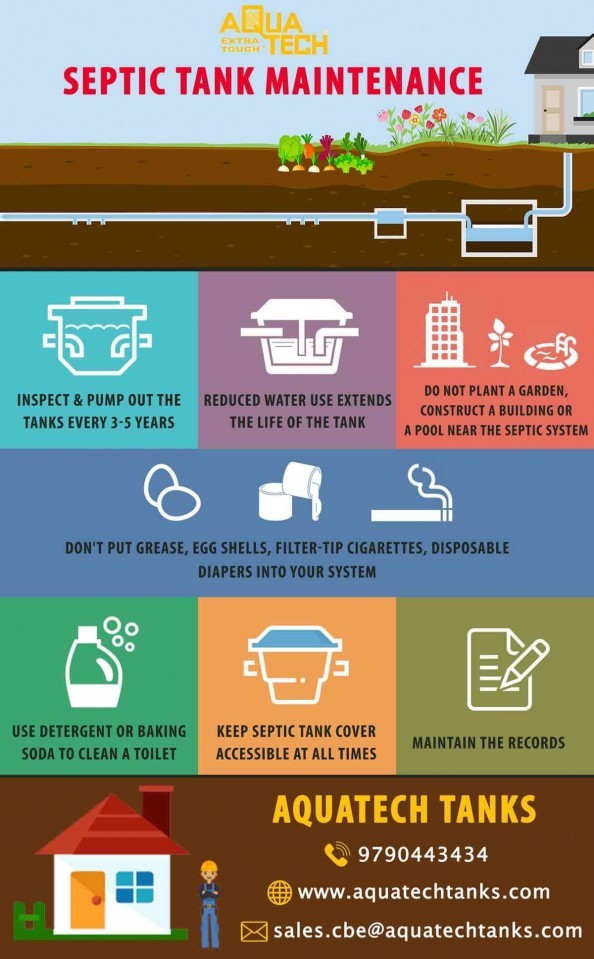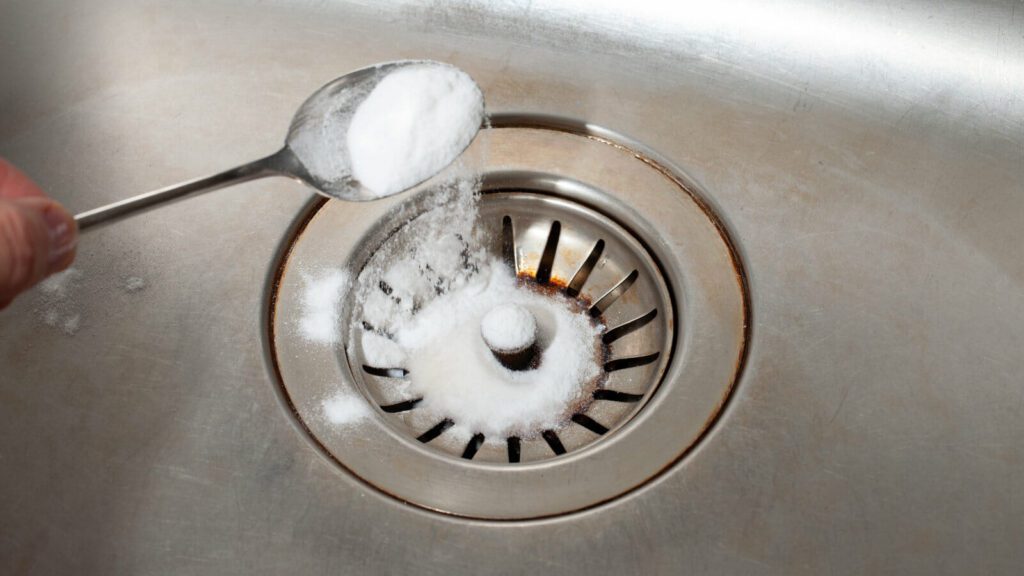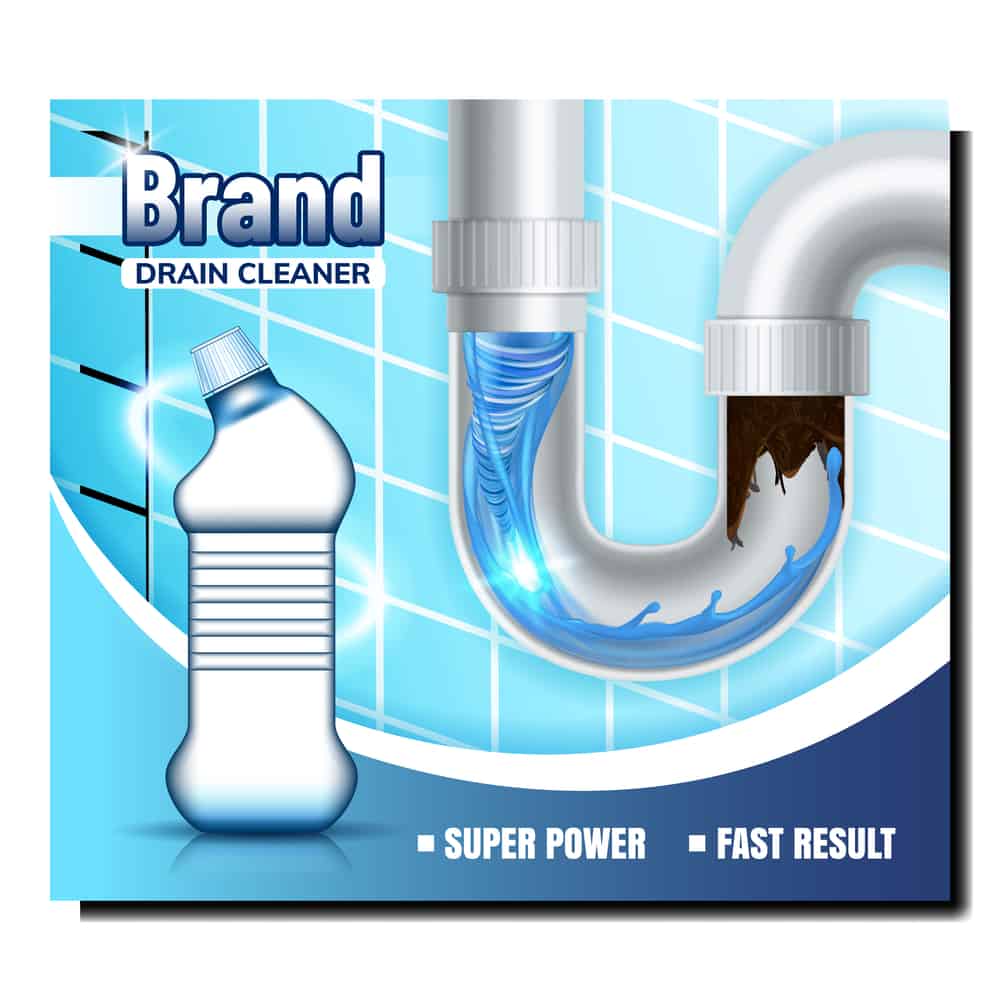Whether you’re facing a clogged drain or simply want to maintain a healthy septic tank system, understanding the considerations and safety guidelines when using drain cleaner with a septic tank is crucial. In this article, we will explore the key factors you need to keep in mind, ensuring that you make informed decisions while maintaining the well-being of your septic tank system. From understanding the ingredients to employing safe usage practices, we’ve got you covered. So, let’s delve into this comprehensive guide and ensure the longevity of your septic tank system without compromising its health.

What is a Septic Tank?
Definition and function
A septic tank is an underground wastewater treatment system commonly used in areas that are not connected to a centralized sewer system. It is made up of a large, watertight container made of concrete, fiberglass, or plastic that is buried in the ground. Septic tanks are designed to separate solids from liquid waste, allowing bacteria to break down the organic matter.
Common septic tank components
A septic tank consists of three main components: the inlet pipe, the tank itself, and the outlet pipe. The inlet pipe is connected to the plumbing system of a house, allowing wastewater to flow into the tank. Inside the tank, solids settle at the bottom while lighter materials, such as oils and grease, float to the top. The clarified liquid in the middle layer is then discharged through the outlet pipe into the drain field or leach field, where it is further treated and filtered.
How does a septic tank system work?
Once wastewater enters the septic tank, the solid waste sinks to the bottom, forming a layer of sludge. Bacteria in the tank then begin breaking down the organic matter, converting it into liquid and gases. The clarified liquid, called effluent, rises to the top and flows out of the tank through the outlet pipe. It is essential that the tank remains watertight to prevent any leakage that may contaminate the surrounding soil or water sources.
Understanding Drain Cleaners
What are drain cleaners?
Drain cleaners are chemical or enzymatic solutions designed to remove clogs and blockages in plumbing systems. They work by dissolving or breaking down the substances causing the clog, allowing water to flow freely again. Drain cleaners are commonly used in households to address issues such as slow drains, clogged pipes, or foul odors.
Types of drain cleaners
There are two main types of drain cleaners: chemical drain cleaners and enzymatic drain cleaners. Chemical drain cleaners are typically strong, caustic solutions that use chemicals such as sodium hydroxide or sulfuric acid to dissolve clogs. Enzymatic drain cleaners, on the other hand, use natural bacteria or enzymes to break down organic materials.
How do drain cleaners work?
Chemical drain cleaners work by generating heat or chemical reactions that break down the substances causing the clog. When poured into a clogged drain, the chemicals react with the organic matter, such as hair or food particles, causing them to dissolve or disintegrate. Enzymatic drain cleaners, on the other hand, use natural bacteria or enzymes to digest and breakdown organic waste. These bacteria produce enzymes that break down the waste into simpler, soluble compounds, allowing it to be easily flushed away.
Considerations Before Using Drain Cleaner
Assessing the severity of the clog
Before using a drain cleaner, it is important to assess the severity of the clog. Minor clogs or slow drains can often be resolved using milder, less harsh methods such as boiling water or a plunger. However, if the clog persists or if there is a complete blockage, a drain cleaner may be required.
Identifying the type of drain cleaner to use
When choosing a drain cleaner, it is crucial to identify the type that is safe and suitable for use with a septic tank. Chemical drain cleaners containing harsh chemicals like sulfuric acid or sodium hydroxide can be damaging to the bacterial balance within the septic tank and may harm the overall system. Enzymatic drain cleaners, which use natural bacteria and enzymes, are typically safer for septic tanks.
Consulting a professional
If unsure about the severity of the clog or the compatibility of a particular drain cleaner with a septic tank, it is always advisable to consult a professional. A septic system specialist or a plumber can provide expert advice on the best course of action and help avoid any potential damage to the septic tank or plumbing system.
Compatibility of Drain Cleaner with Septic Tanks
Effects of drain cleaners on the septic system
Certain drain cleaners can have adverse effects on a septic system. Harsh chemical drain cleaners can destroy the beneficial bacteria in the septic tank responsible for breaking down waste. This can disrupt the natural balance of the tank, impairing its ability to properly treat wastewater. Additionally, the chemicals in some drain cleaners can corrode the pipes and fittings of the plumbing system, leading to leaks or further damage.
Types of drain cleaners suitable for septic tanks
When using a drain cleaner with a septic tank, it is important to choose a product specifically labeled as safe for septic systems. Enzymatic drain cleaners, which use natural bacteria and enzymes, are generally considered safe for septic tanks. These products help maintain the bacterial balance and ensure the continued functioning of the septic system.
Avoiding certain ingredients
When selecting a drain cleaner for a septic tank, it is advisable to avoid products containing ingredients such as sulfuric acid, sodium hydroxide, or bleach. These chemicals can be harmful to the bacteria within the septic tank and may degrade the overall system’s performance. Instead, opt for drain cleaners that are biodegradable, non-toxic, and specifically designed for use with septic systems.

Safety Guidelines for Using Drain Cleaner with Septic Tanks
Read and follow manufacturer’s instructions
Before using any drain cleaner, it is crucial to carefully read and follow the manufacturer’s instructions. Each product may have specific guidelines for usage, including the amount of cleaner to use and the recommended contact time. By following these instructions, you can ensure the safe and effective use of the drain cleaner.
Proper ventilation and protective gear
When using drain cleaner, it is essential to work in a well-ventilated area to avoid inhaling any fumes or chemical vapors. Open windows or use fans to improve airflow. Additionally, wearing the appropriate protective gear, such as gloves and eye goggles, can protect against accidental contact with the drain cleaner.
Preventive measures to minimize clogs
To reduce the need for drain cleaners and maintain a healthy septic system, it is recommended to take preventive measures. These include regularly cleaning drain stoppers, using drain screens or strainers to catch debris, and disposing of waste materials properly. Avoid pouring grease, oils, or harsh chemicals down the drain, as these can contribute to clogs and disrupt the septic system’s operation.
Alternative Methods for Clearing Clogs in Septic Systems
Boiling water and vinegar solution
For minor clogs or maintenance, a simple and natural alternative to chemical drain cleaners is a boiling water and vinegar solution. Boiling water can help loosen debris, while vinegar acts as a natural disinfectant and helps dissolve organic matter. Pouring a mixture of boiling water and vinegar down the drain can be effective in clearing minor clogs without harming the septic system.
Natural enzymatic cleaners
Besides chemical drain cleaners, there are also natural enzymatic cleaners available that are safe for septic tanks. These cleaners use naturally occurring bacteria and enzymes to break down organic waste. When used regularly, they can help maintain the microbial balance in the septic tank and prevent clogs from occurring.
Mechanical drain snakes and plungers
For more stubborn clogs, mechanical drain snakes or plungers can be effective tools. A drain snake, also known as a plumber’s snake, is a flexible wire coil with a hook or auger at the end, which is inserted into the drain to break up or remove the clog. Plungers, on the other hand, create suction to dislodge clogs when a strong force is applied. Both methods can help clear clogs without the need for chemical drain cleaners.

Maintaining a Healthy Septic System
Regular septic tank pumping
To maintain a healthy septic system, regular septic tank pumping is essential. Over time, solids accumulate in the tank, which can reduce its efficiency and potentially cause backups or leaks. The frequency of septic tank pumping depends on various factors such as household size, water usage, and tank size. It is recommended to have a professional perform regular inspections and pumping to ensure optimal system performance.
Proper waste disposal practices
Proper waste disposal practices play a crucial role in maintaining a healthy septic system. Avoid flushing non-biodegradable items, such as diapers, wipes, or hygiene products down the toilet. These items can accumulate in the septic tank and cause blockages. Additionally, excessive use of household cleaners containing harsh chemicals can disrupt the bacterial balance in the tank, impacting its efficiency.
Avoiding excessive water usage
Excessive water usage can overload a septic system and reduce its effectiveness. Limiting the use of water-intensive appliances, such as dishwashers and washing machines, can help conserve water and prevent strain on the septic system. Additionally, fixing any leaks or drips promptly can minimize water waste and maintain the health of the septic system.
Signs of a Septic System Problem
Foul odors and backup in drains
One of the most common signs of a septic system problem is the presence of foul odors in or around the house, particularly near drains or the septic tank. If you notice unpleasant smells or gurgling sounds when using sinks or toilets, it may indicate an issue with the septic system. Backup or slow drainage in multiple fixtures is another clear indication of a septic system problem.
Slow draining fixtures
When multiple fixtures in the house, such as sinks, showers, or toilets, are draining slowly, it could be a sign of a clogged or failing septic system. Slow drainage can occur if the septic tank is nearing capacity or if there is a blockage in the pipes leading to or from the tank. It is important to address slow drainage promptly to avoid further damage or backup.
Lush grass growth or pooling water in the drain field
Unusually lush grass growth or pools of water in the drain field can indicate a failing septic system. When the septic tank is unable to properly treat or process wastewater, excess moisture can accumulate in the drain field, causing grass and vegetation to thrive. Pooling water or saturated soil in the drain field is a clear signal that the septic system requires attention.

Seeking Professional Help
When to contact a septic system professional
If you experience any signs of a septic system problem, it is crucial to contact a septic system professional promptly. A professional can assess the situation, identify the underlying issue, and recommend the appropriate course of action. It is advisable to seek professional help rather than attempting to repair or diagnose septic system issues without proper knowledge or equipment.
Professional inspections and maintenance
Regular inspections and maintenance by a septic system professional are vital for the long-term functionality of the system. A professional can assess the condition of the septic tank, check for any blockages or leaks, and perform necessary maintenance tasks such as pumping or repairs. Routine inspections can help prevent major issues and prolong the lifespan of the septic system.
Repairing septic system damage
In the event of significant septic system damage or failure, professional repair services may be required. Repairing or replacing the septic tank, drain field, or other components of the system should be carried out by professionals with the expertise and equipment to ensure proper installation and functionality. Attempting to repair or replace septic components without proper knowledge can lead to further damage or regulatory non-compliance.
Conclusion
Understanding the importance of caution when using drain cleaners
When using drain cleaners with a septic tank, it is crucial to exercise caution and choose products that are safe for septic systems. Harsh chemical drain cleaners can disrupt the bacterial balance in the septic tank and harm the overall system’s performance. Opting for natural enzymatic drain cleaners or alternative methods can help maintain a healthy septic system while effectively clearing clogs.
Maintaining a healthy septic system for long-term functionality
Regular maintenance and proper waste disposal practices are essential for the long-term functionality of a septic system. Regular septic tank pumping, avoiding excessive water usage, and responsible waste management can help prevent clogs, backups, and other septic system problems. Taking proactive measures to maintain a healthy septic system can save homeowners from costly repairs or replacements in the future.
Taking immediate action when septic system issues arise
Signs of septic system problems, such as foul odors, slow drainage, or pooling water, should be addressed immediately. Contacting a septic system professional can help diagnose and resolve the issue before it worsens. Regular professional inspections and prompt repairs can prevent further damage and ensure the continued functionality of the septic system.

